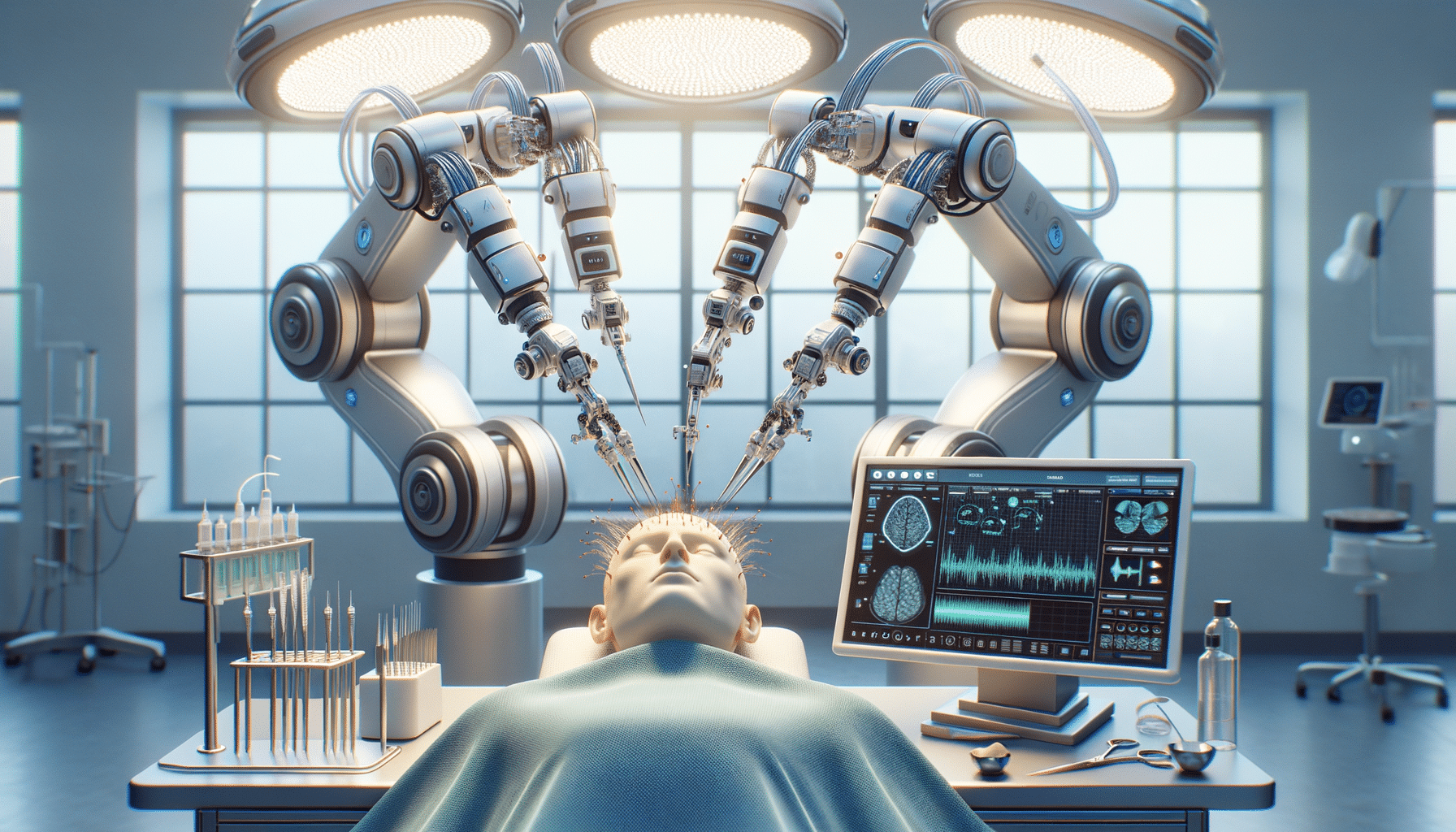
Could AI Be Revolutionizing Hair Transplants? What You Need to Know
The Intersection of AI and Hair Transplantation
In recent years, the field of hair restoration has seen significant advancements, particularly with the integration of artificial intelligence (AI). This technological evolution is not just a trend; it is a transformative force that could redefine how procedures are planned and executed. AI’s role in hair transplantation is primarily focused on enhancing precision and efficiency, which are crucial for successful outcomes.
AI systems can analyze patient data more thoroughly than traditional methods, offering insights that were previously inaccessible. By examining various factors such as scalp condition, hair density, and follicle health, AI can assist practitioners in creating tailored treatment plans. This personalized approach not only increases the likelihood of success but also minimizes risks associated with the procedure.
Moreover, AI is instrumental in the automation of certain aspects of hair transplantation. Robotics, powered by AI, can perform tasks with high precision, reducing human error and ensuring consistency. This is particularly beneficial in follicular unit extraction (FUE), where the accurate harvesting of hair follicles is critical. The use of AI in these procedures can lead to quicker recovery times and more natural-looking results.
The integration of AI into hair transplantation is still in its early stages, but the potential is immense. As technology continues to evolve, we can expect AI to play an even more significant role, making hair restoration more accessible and effective for individuals seeking solutions.
Benefits and Challenges of AI in Hair Transplantation
The application of AI in hair transplantation brings several benefits, but it is not without its challenges. Understanding these aspects is essential for both practitioners and patients considering this advanced approach.
One of the primary benefits of AI is its ability to enhance the accuracy of hair transplant procedures. By leveraging machine learning algorithms, AI systems can analyze extensive datasets to identify patterns and predict outcomes. This capability allows for more precise planning and execution, which is crucial for achieving optimal results. Additionally, AI can streamline the process, reducing the time required for each procedure and allowing for a higher volume of operations.
However, the adoption of AI in hair transplantation also presents certain challenges. The initial cost of implementing AI technology can be substantial, which may be a barrier for smaller clinics. Furthermore, there is a learning curve associated with new technology, requiring practitioners to undergo training to effectively utilize AI tools. Ensuring data privacy and security is another concern, as patient information is integral to AI analysis.
Despite these challenges, the benefits of AI in hair transplantation are compelling. As technology becomes more affordable and user-friendly, it is likely that these challenges will be mitigated, paving the way for broader adoption and improved patient outcomes.
The Future of AI in Hair Restoration
Looking ahead, the future of AI in hair restoration is promising. As AI technology continues to advance, its applications in hair transplantation are expected to expand, offering even more sophisticated solutions for hair loss.
One area of potential growth is in predictive analytics. AI systems could be used to predict the long-term success of hair transplant procedures by analyzing patient data and historical outcomes. This capability would enable practitioners to provide more accurate prognoses and tailor treatments accordingly. Additionally, AI could facilitate advancements in regenerative medicine, potentially leading to new methods of stimulating natural hair growth.
Another exciting prospect is the development of fully automated hair transplant procedures. While robotics are already used to assist with certain tasks, future innovations could lead to autonomous systems capable of performing entire procedures with minimal human intervention. This would not only increase efficiency but also make hair restoration more accessible to a broader audience.
As AI continues to evolve, it is essential for the hair restoration industry to embrace these changes and adapt to new technologies. By doing so, practitioners can offer patients cutting-edge solutions that meet their needs and expectations, ultimately improving the quality of care and outcomes in hair transplantation.


